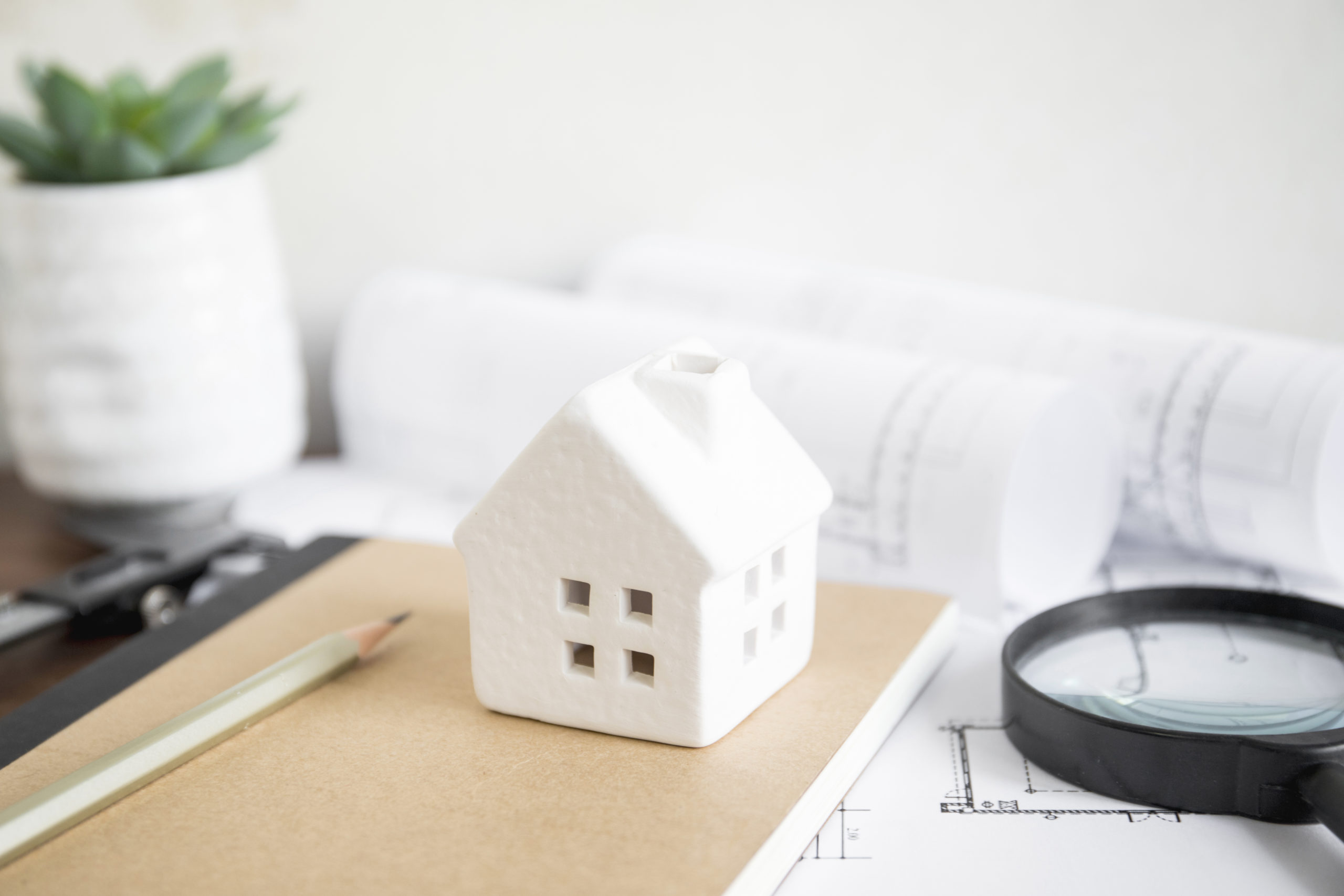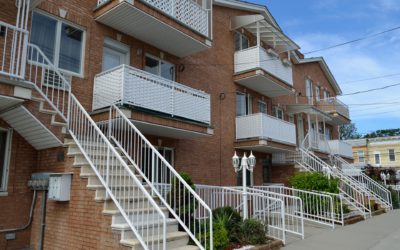An apartment inspection constitutes a critical examination of a residential unit by a landlord, property manager, or a designated inspector. This rigorous assessment serves to identify any current issues or potential areas of concern within the dwelling. Typically, such an inspection is scheduled to ensure the property’s condition is maintained up to the standards set forth in the lease agreement.
During an apartment inspection, evaluators scrutinize the premises with a keen eye, noting any damage or wear that deviates from normal wear and tear. The inspector methodically surveys each room, evaluating the integrity of walls, floors, and ceilings, as well as the operational capacity of appliances and fixtures. This meticulous approach is imperative to discern the upkeep needs of the property and to anticipate any requisite maintenance or repairs.
In essence, an apartment inspection is an indispensable tool, ensuring the preservation of property value and the comfort of its inhabitants.
The Purpose of Apartment Inspections
Ensuring Property Maintenance and Safety
A scrupulously conducted apartment inspection serves as a preventative measure to identify any nascent maintenance issues, thus forestalling the deterioration of the property’s condition. By detecting early signs of wear and tear or damage, landlords can initiate prompt remedial action, thereby mitigating the accrual of exorbitant repair costs.
Moreover, apartment inspections are indispensable in verifying compliance with health and safety regulations. These inspections provide a systematic review of safety apparatus such as smoke detectors, fire extinguishers, and structural integrity, ensuring the living environment is not only habitable but also conforms to legal safety standards.
It is not merely about the preservation of the property’s aesthetic appeal, but a question of functionality and durability. Through these inspections, landlords can assure tenants that their domicile is more than a transient shelter; it is a well-maintained, secure haven.
Insurance Requirements
The exigency for apartment inspections arises from an insurance standpoint as a measure to corroborate the ongoing upkeep and safety of the property. Insurance providers necessitate these inspections to validate that the landlord is upholding the property in a condition that complies with the policy’s terms. Insurers may require evidence of proactive maintenance to ward off potential liabilities, such as water damage, fire hazards, or structural failures—elements that, if neglected, could lead to significant financial losses.
Furthermore, these inspections can unveil issues that, if left unaddressed, might heighten the insurance premiums or, in dire circumstances, lead to a revocation of coverage altogether. By ensuring that the property adheres to the stringent standards set forth by insurance entities, landlords can provide a secure habitation for tenants and safeguard their investment simultaneously.
Security Deposits and Protecting Investments
Apartment inspections are pivotal to safeguarding an investment. By systematically reviewing each unit, landlords can detect incipient issues—such as water leaks or electrical problems—before they burgeon into significant expenditures. This proactive approach not only preserves the structural and aesthetic value of the property but also upholds its marketability for future tenants.
Furthermore, apartment inspections serve a dual purpose in the realm of security deposits. These fiscal assurances, held to cover potential damages, are a key element of the tenant-landlord agreement. Inspections provide a transparent basis for any deductions from these deposits, thus preempting disputes at the lease’s termination. Documenting the condition of the apartment at move-in and comparing it to its state at move-out ensures an equitable assessment for both parties.
Types of Apartment Inspections
Move-In Inspections
The initiation of a tenancy is often marked by an apartment inspection, a critical juncture ensuring that the domicile’s condition is meticulously documented. This apartment inspection, colloquially referred to as the Move-in inspection, constitutes a formal evaluation performed by landlords or their representatives. During this procedure, every nook and cranny of the premises undergoes a thorough examination, with the intention of cataloging the apartment’s state prior to occupancy.
This preemptive scrutiny serves a dual purpose: it protects the lessee from future liabilities pertaining to pre-existing damages and simultaneously safeguards the lessor’s property from neglect. An inventory of the abode’s appliances, fixtures, and structural elements is created, often accompanied by photographic evidence, to furnish an incontrovertible benchmark for the apartment’s condition.
Such inspections are typically comprehensive, encompassing checks for potential infestations, verifying the operability of safety devices such as smoke detectors, and ensuring the integrity of locks and security systems.
Routine Inspections
These inspections are typically conducted on a regular, pre-arranged schedule and are designed to ascertain the current condition of the apartment, thereby safeguarding the landlord’s investment and ensuring that tenants are fulfilling their lease obligations regarding property care.
During such evaluations, landlords meticulously survey the apartment for any signs of undue wear and tear or damage beyond the scope of normal use. It is not solely the physical condition that is under review; considerations extend to the adherence to building codes and the presence of unauthorized occupants or pets.
Tenants are generally afforded notice of these impending assessments in accordance with local regulations, ensuring that the apartment inspection does not infringe upon their right to quiet enjoyment of the property.
Emergency Inspections
These inspections diverge from routine evaluations, which are typically scheduled in advance and conducted to ensure the maintenance and upkeep of the property.
In the realm of emergency apartment inspections, the impetus is often a situation that poses an imminent threat to the safety, security, or preservation of the property and its inhabitants. Such instances include but are not limited to, the suspicion of structural damage, significant water leaks, or electrical hazards that could precipitate catastrophic consequences if not promptly addressed.
Landlords, while exercising their right to conduct these critical examinations, must concurrently respect the sanctity of the tenant’s domicile and privacy. However, the urgency of these apartment inspections supersedes standard protocols. The imperative is to abate potential peril, thus the inspections are conducted with alacrity and thoroughness, ensuring that any perilous conditions are immediately identified and rectified.
It is incumbent upon property owners to communicate the nature of the emergency to tenants posthaste, thereby fostering an environment of transparency and cooperation. Subsequent to the apartment inspection, a meticulous report is often generated, detailing the findings and the ensuing actions taken to ameliorate any identified risks, thereby safeguarding both the property’s integrity and its occupants’ well-being.
Drive-By Inspections
Among the myriad forms of inspections, one that stands distinct in its methodology is the “Drive-by Inspection.” This particular procedure does not entail a meticulous walkthrough of the property’s interior. Instead, it involves a cursory visual review from the exterior.
A Drive-by apartment inspection allows for the assessment of the external condition of a property, including the evaluation of adherence to community standards, the state of repair, and any conspicuous issues that might indicate internal problems or tenant neglect. The landlord, in a mere perambulation around the property, can deduce with alacrity the necessity for a more in-depth review, should the exterior present telltale signs of distress.
It must be noted, however, that while this type of inspection might serve as a preliminary measure, it is not a substitute for a comprehensive internal inspection.
Move-Out Inspections
Move-out inspections are meticulously conducted to document the state of the premises, ensuring that the exiting occupants leave the abode in a satisfactory state, commensurate with the original terms of the lease agreement.
The intricacies of a move-out apartment inspection entail a systematic review of each room, an examination of appliances, and a scrutiny of structural integrity. This thorough inspection is pivotal in identifying any damages or alterations that have transpired during the tenancy, which may surpass normal wear and tear. Landlords are tasked with the responsibility to catalog any discrepancies, as these findings are instrumental in determining the refundability of the security deposit.
What Can a Landlord Look at During an Inspection
Structural Integrity
During such evaluations, landlords scrutinize structural elements meticulously to ensure the edifice’s integrity is uncompromised.
Foremost in this inspection is the assessment of foundational solidity. Landlords must observe for any signs of subsidence or cracks within the foundation, indicators that could portend severe structural distress. Walls, both load-bearing and partitioning, require a thorough visual examination for fissures or bowing—a testament to structural fatigue or failure.
In the purview of ceilings and roofs, the inspection encompasses an evaluation for sagging, water ingress, or deteriorating joists, which could suggest potential collapse or water damage. Flooring should be checked for any undue deflection or instability that might signal a compromised subfloor or joist system.
The inspection extends to the scrutiny of the building’s envelope. Windows and doors should align correctly, ensuring there are no gaps or misalignments that could denote settling or warping of the structure.
General Cleanliness
During an inspection, the examination of floors presents a primary vantage point. Landlords are advised to seek out any indelible stains or damages that betray the presence of neglect. Furthermore, surfaces, including counters and appliances, should be free from grime and debris, evidencing regular upkeep. Within the bathroom, the focus should be on the absence of mildew and limescale, indicative of diligent cleansing routines.
Inspection of the living areas involves not only a superficial glance but a thorough analysis of the conditions of furnishings, if included, ensuring they are bereft of dust and unwelcome odors. The kitchen, often a nexus of activity, demands a close observation for any vestiges of food spoilage or refuse mishandling, which could invite pestilential visitors or degradation of the apartment’s integrity.
Plumbing
During an apartment inspection, meticulous scrutiny of the plumbing system is imperative.
The inspection should commence with an evaluation of the visible pipework, seeking signs of corrosion, leakage, or insulation degradation. Examining the water heater, including its pressure relief valve and anode rod, can forestall potential malfunction or inefficiency. Attention to the water pressure in various faucets can reveal discrepancies indicative of underlying issues such as blockages or pipe erosion.
Drainage efficacy is another critical aspect; a methodical inspection involves running water in sinks, bathtubs, and showers to monitor for swift and unobstructed drainage, which can obviate the perils of water damage due to backflow or clogs. Furthermore, scrutinizing the seals around fixtures for integrity can prevent moisture intrusion, which left unchecked, may culminate in mold growth or structural compromise.
Landlords must also assess the toilets for stability, flush performance, and the absence of leaks at the base—factors essential to sanitation and water conservation.
Electrical Systems
A meticulous assessment begins with the verification of the electrical panel’s condition, which should exhibit no signs of corrosion or undue wear. Circuit breakers must be intact, properly labeled, and exhibit no evidence of tripping or overheating. It is essential to scrutinize all outlets and switches, confirming their proper operation and the absence of any disconcerting buzzing sounds, which could signify underlying wiring issues.
Additionally, the grounding of electrical systems warrants attention, as this provides the vital defense against potential electric shock or fire hazards. Landlords must ensure the presence of Ground Fault Circuit Interrupters (GFCIs) in areas susceptible to moisture, such as kitchens and bathrooms, to mitigate the risk of electrocution.
Furthermore, the inspection should include an evaluation of light fixtures to ensure they are securely attached and free from damage, with an emphasis on the condition of insulation around wires, looking for any abrasions that could be a harbinger of electrical maladies.
Outdoor Areas
During an apartment inspection, the landlord must scrutinize the structural integrity of balconies, decks, and patios, confirming their steadfastness and safety. The inspection of these areas is not merely cursory; it involves a meticulous review of railings and banisters, ensuring they are secure and meet the prescribed safety standards. The search for any signs of wear or deterioration, such as warping or rot in wooden structures, or rusting and weakening of metallic parts, is essential.
Equally important is the examination of landscaping elements. This entails a thorough evaluation of the soil’s condition, the health of the flora, and the adequacy of drainage systems. Vigilance against the encroachment of pests or vermin is also vital, as their presence can not only degrade the quality of the living environment but also lead to significant maintenance issues over time.
A comprehensive apartment inspection of outdoor areas extends to lighting fixtures and security apparatus, verifying that they are in optimal functioning order. A well-lit exterior not only ensures tenant safety but also enhances the property’s allure.






0 Comments